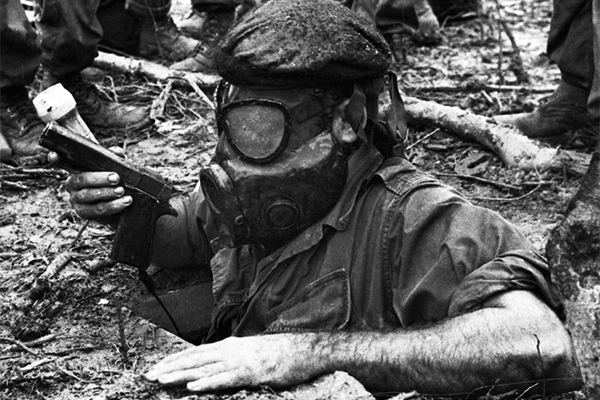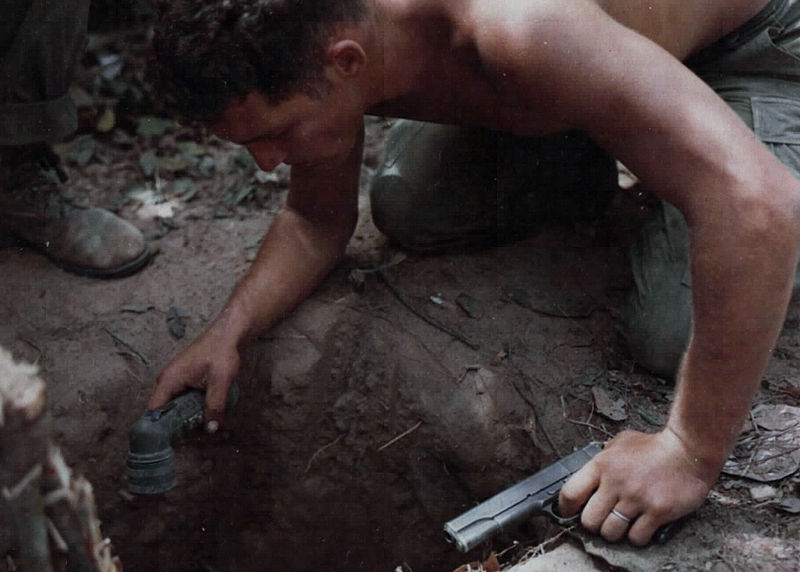“Non gratus anus rodentum” is a Latin phrase that, when translated into English, means “not worth a rat’s ass.” This tongue-in-cheek expression was the motto of the Tunnel Rats, an informal name given to a group of infantry soldiers and combat engineers in the Vietnam War with a very hazardous specialty.
These American, Australian and New Zealander soldiers infiltrated and sabotaged the intensely-claustrophobic labyrinth of underground tunnels used by the Vietcong to launch surprise attacks and set up ambushes. This certainly wasn’t a job for the faint of heart.
The casualty rate for Tunnel Rat units was around 33 percent – a high number even for the Vietnam War – but knowing what these soldiers had to do, it’s a surprise that the rate wasn’t even higher than that.
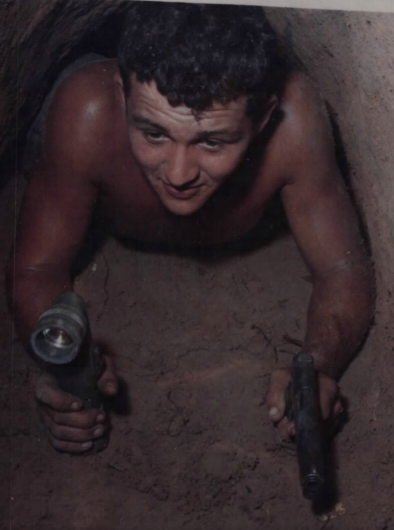
Beginning with the onset of the First Indochina War at the end of 1946, the Việt Minh began digging a series of small, cramped tunnels under the jungle terrain of South Vietnam to further their guerrilla war against the French.
Most of these subterranean tunnels were dug by hand and only covered a short distance, but over the course of the war (which lasted until 1954, when the French were defeated and expelled from the region) the network of tunnels was greatly expanded.
The tunnels were used to covertly transport troops and supplies, launch surprise attacks, and set booby traps. During the 1960s, the Vietcong greatly expanded the network of tunnels, which eventually covered a distance of almost 155 miles and linked Vietcong bases from around Saigon to as far away as the Cambodian border.
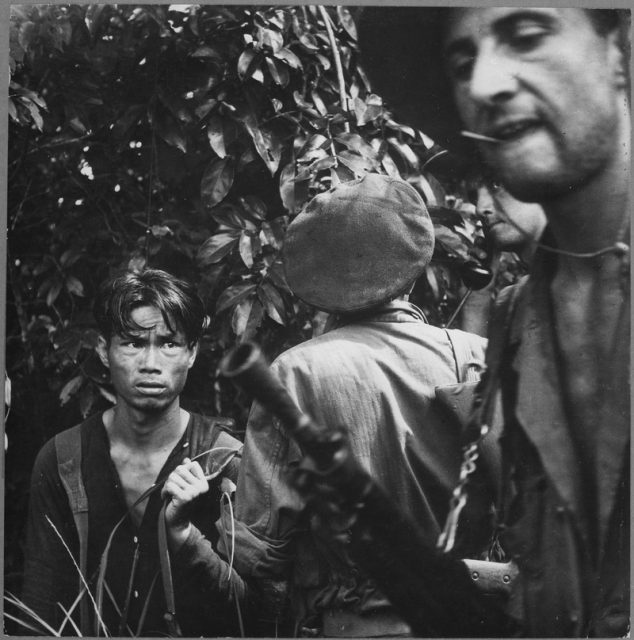
The tunnel network gave the North Vietnamese a distinct advantage over their American and South Vietnamese adversaries. The entrances to the tunnels were extremely well-hidden and very difficult to find, which meant that Vietcong troops could pop up anywhere for surprise attacks and ambushes, and lay savage and lethal bobby traps throughout the jungle.
The Americans were determined to level the playing field, and this was where the Tunnel Rats came in: to neutralize the advantage that the subterranean tunnel system offered the Vietcong.
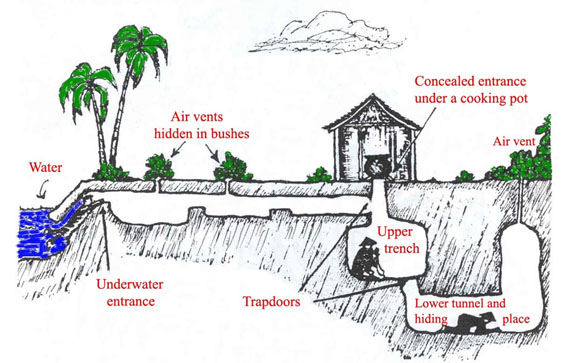
Because the tunnels were so narrow and cramped, only men of a smaller stature could be effective as Tunnel Rats. Generally, these troops, who mostly hailed from America, New Zealand and Australia, were under five foot six tall and slim in build.
The missions assigned to them usually searched and destroy: they had to go into the dark, claustrophobic tunnels alone, kill any enemy personnel they found down there, and demolish the tunnel – while trying to get out alive. This was usually a lot easier said than done.
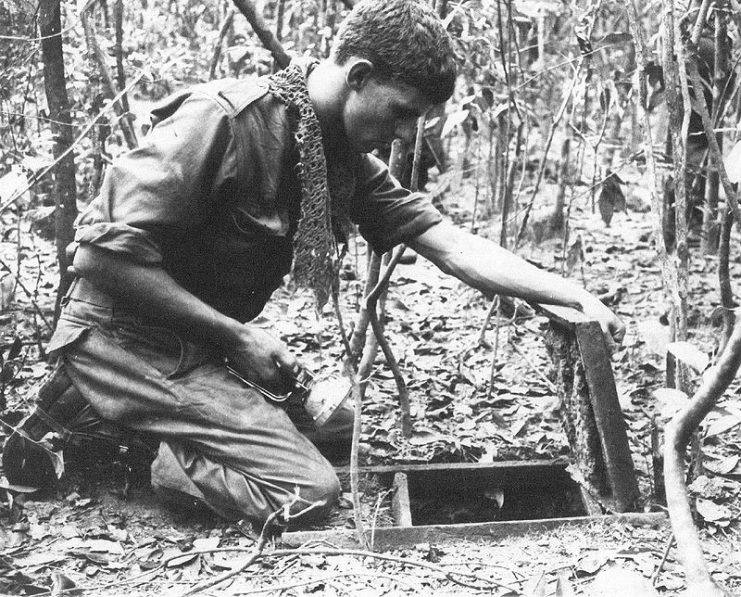
Their missions were not only perilous and terrifying because of the darkness, extremely cramped spaces, and the labyrinth-like maze of tunnels they had to infiltrate, but also because of the additional hazards they would encounter in the inky blackness underground. The Vietcong soon found out about the Tunnel Rats and what their mission prerogatives were, and they took measures to counteract these men.
When a Tunnel Rat entered a tunnel, enemy soldiers waiting for him in the tightly cramped spaces were not the only thing he had to worry about. No, there were other, more frightening threats lurking in the darkness too.
The Vietcong were great fans of booby traps, and were gruesomely inventive in the manner in which they designed and constructed them – and the booby traps they set for Tunnel Rats were no less inventive than those they used above ground.
There were tripwires which would set off grenades or mines, spring-loaded traps that would slam sharpened stakes into a hapless Rat’s body, and even more outlandish traps, like boxes of live snakes or scorpions – of the highly venomous type, of course – that would be emptied onto a Tunnel Rat’s head when he crawled over a trigger.
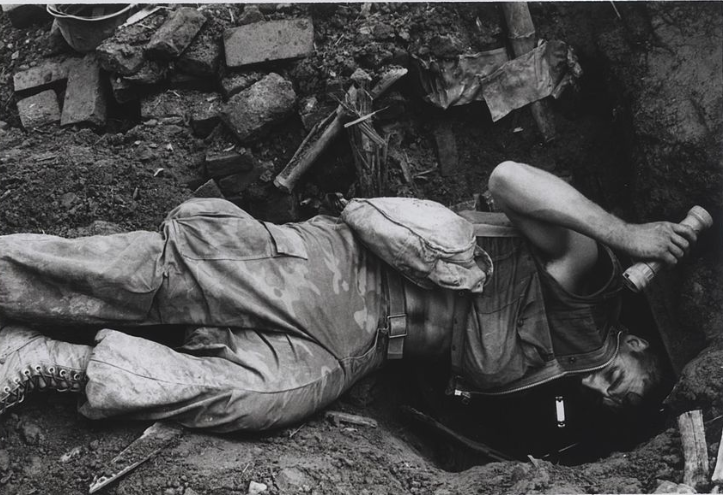
Later tunnels were dug with U-bends in them, like drainpipes. This was so that the tunnels could be quickly flooded if infiltrated, drowning the Tunnel Rat in the process. The Vietcong would also pump poisonous gases into tunnels in which they suspected a Tunnel Rat was skulking.
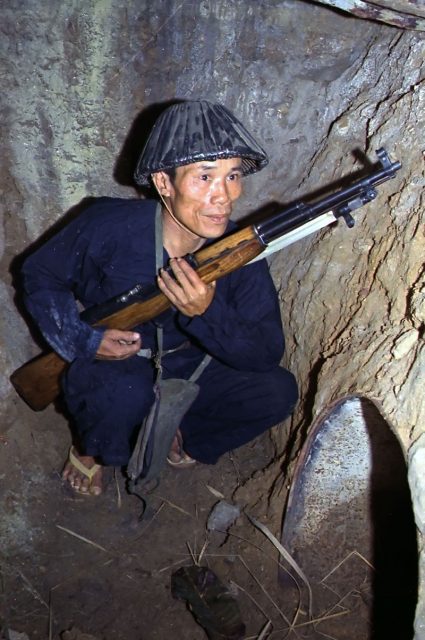
Because the Tunnel Rats had to operate in such cramped conditions, they could only go in very lightly armed. Usually they would only carry a single pistol, with only one magazine of ammo – even on missions on which they were likely to encounter more than six or seven enemy troops.
The standard-issue .45 pistols were disliked by the Tunnel Rats because of their muzzle blast which, in the extremely confined space of the tunnel, could leave one deaf.
Thus, many Tunnel Rats carried non-standard firearms, like .38 Special revolvers with sound suppressors, .25 automatics, and even sawn-off shotguns. In addition, they would carry a knife or bayonet, and sometimes a gas mask – although in the tight space of the tunnel, it would often have taken too long to put on to be useful in the event of a gas attack.
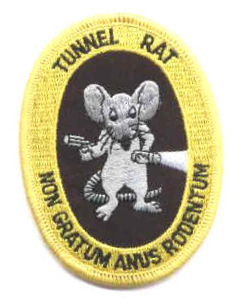
The Tunnel Rats, while few in number, were certainly some of the bravest – and some might say craziest – soldiers who fought in Vietnam.
Today, some of the tunnels used in the war still exist, preserved and maintained by the Vietnamese government. Visitors can crawl through sections of the tunnels used by Vietcong troops and Tunnel Rats alike – but now, at least, there are no mines, booby traps or poisonous snakes to contend with!
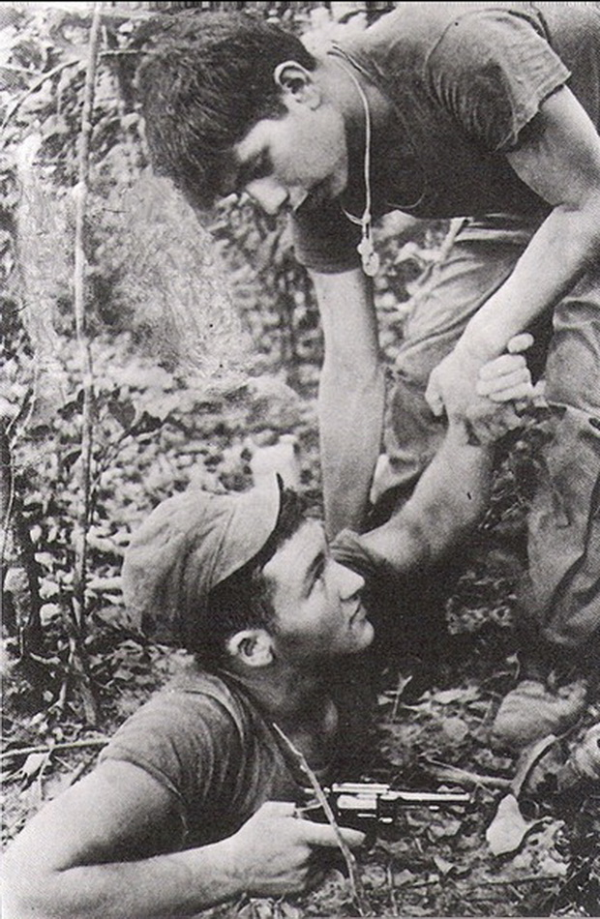
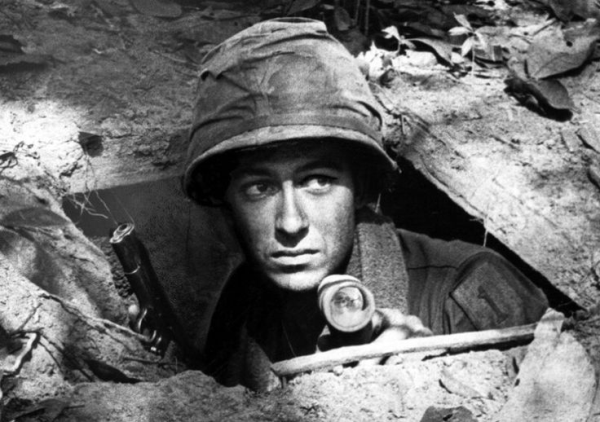
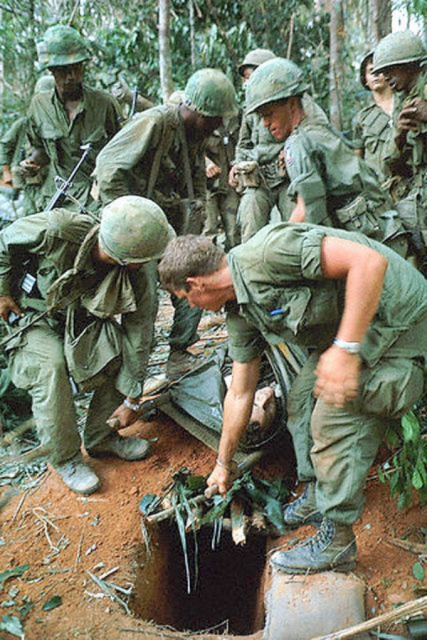
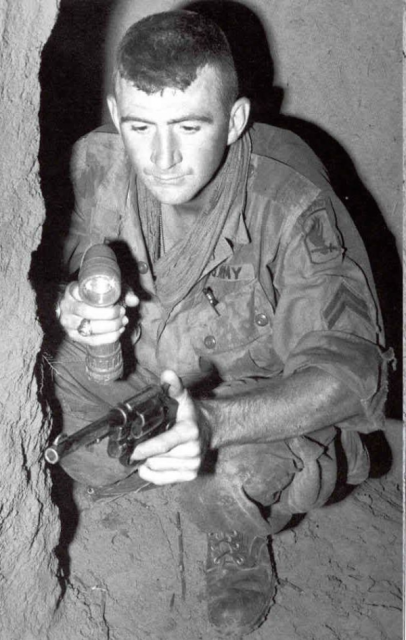
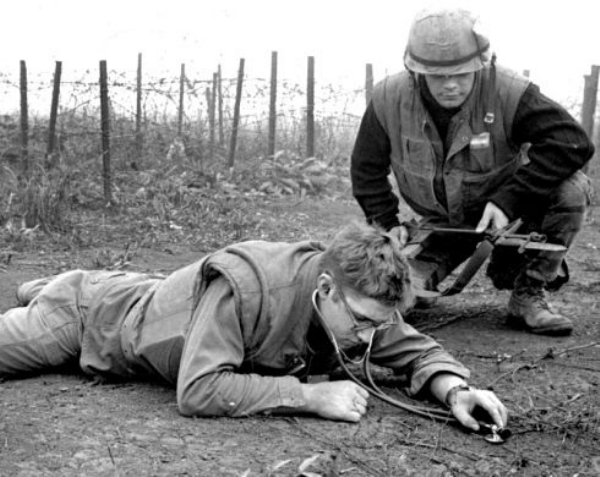
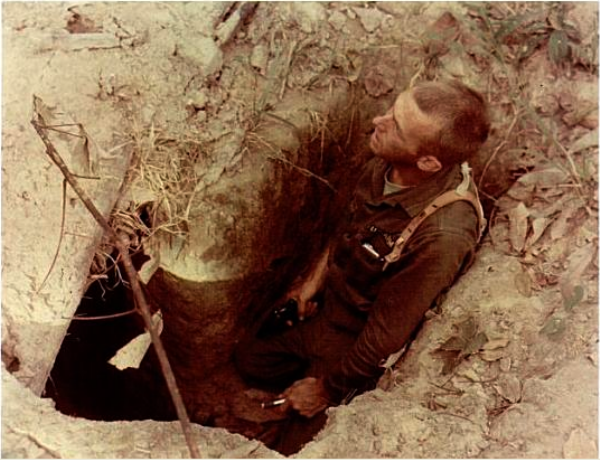
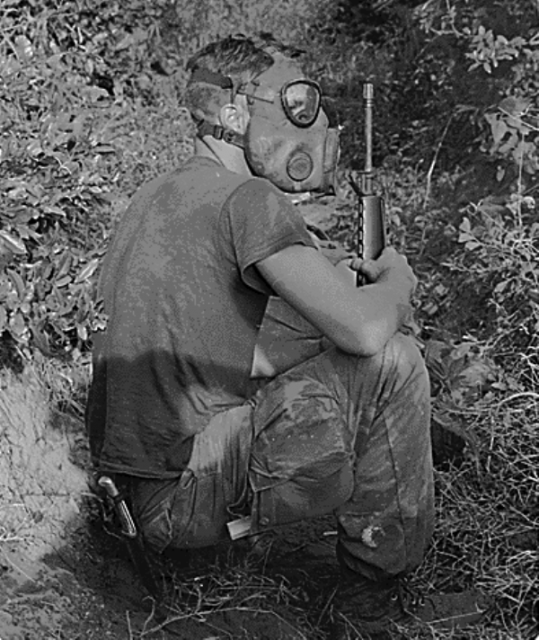
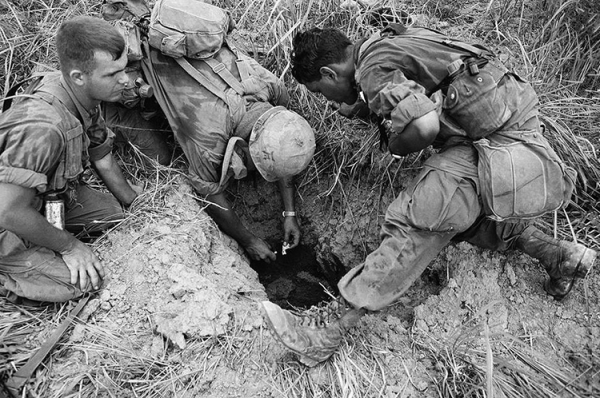
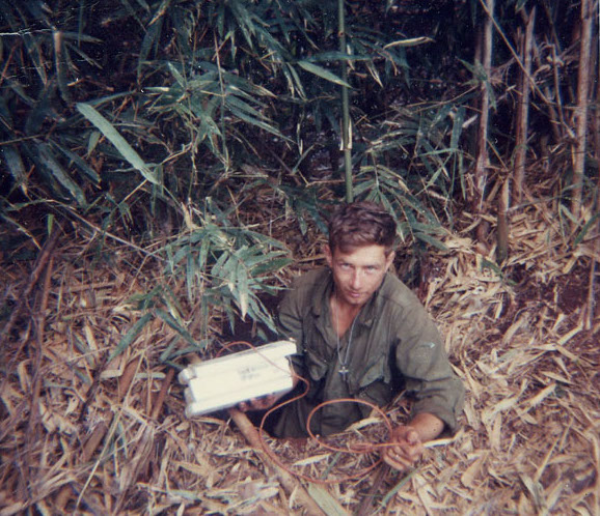
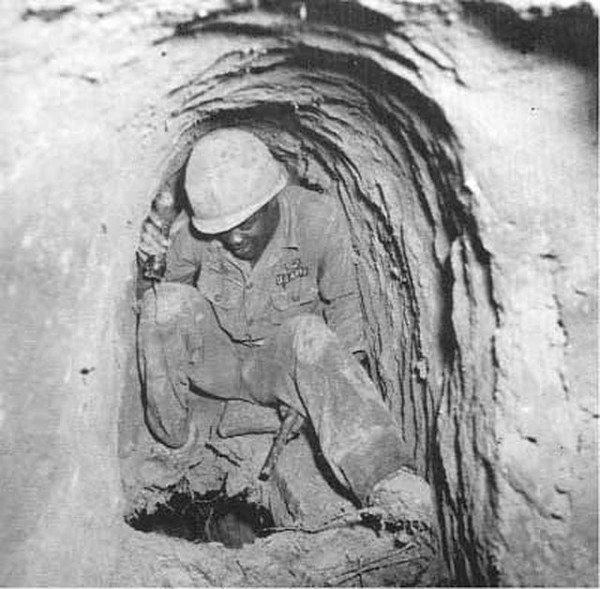
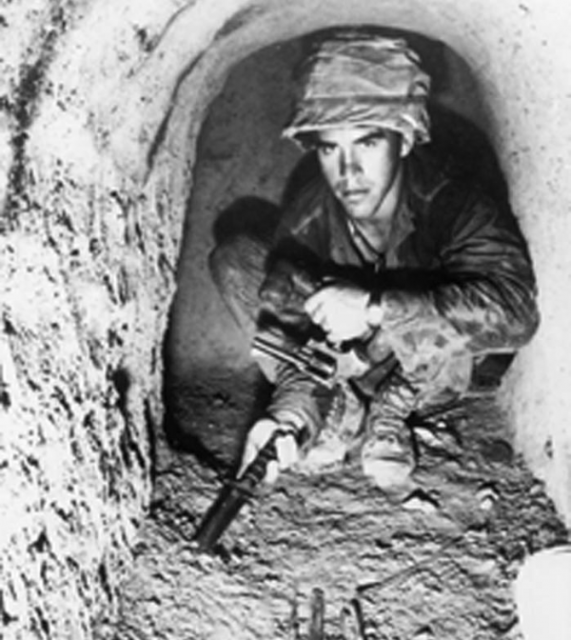
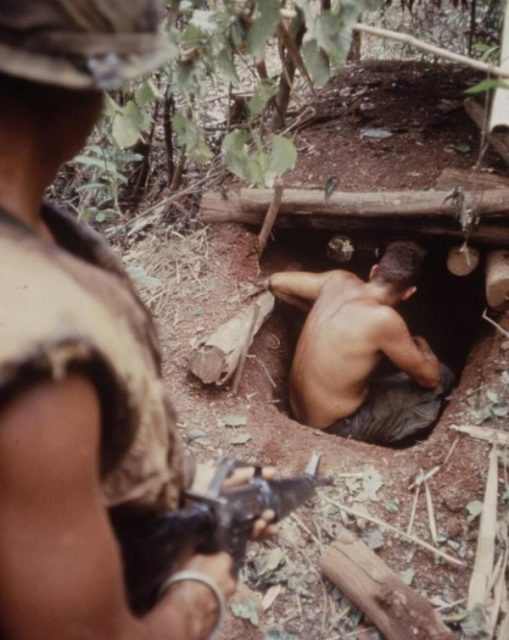
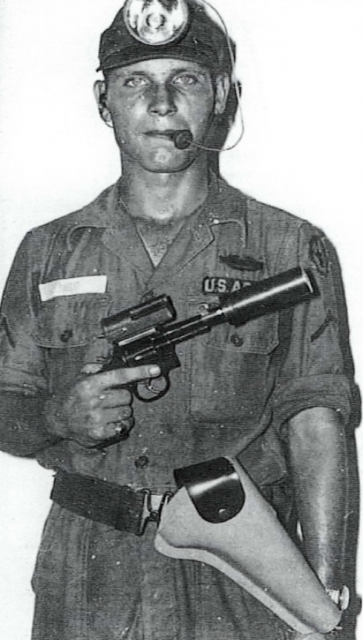
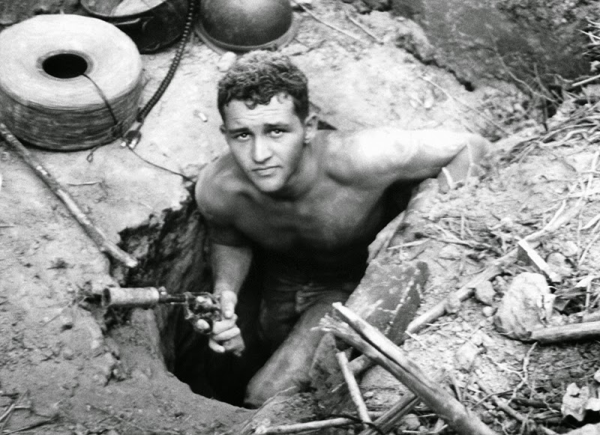
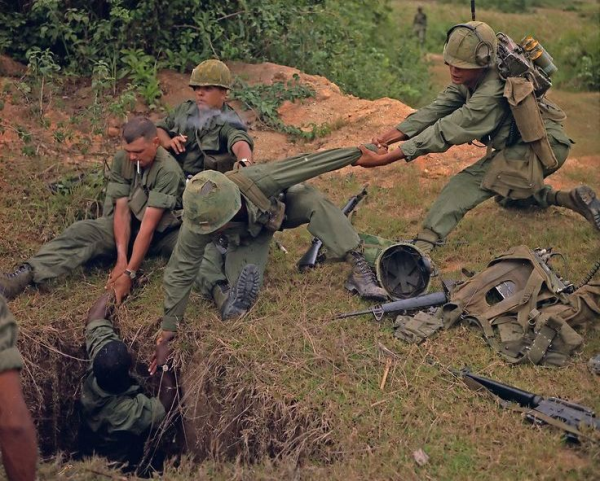
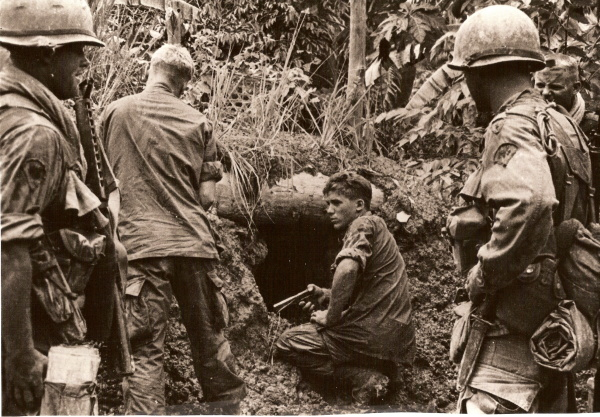
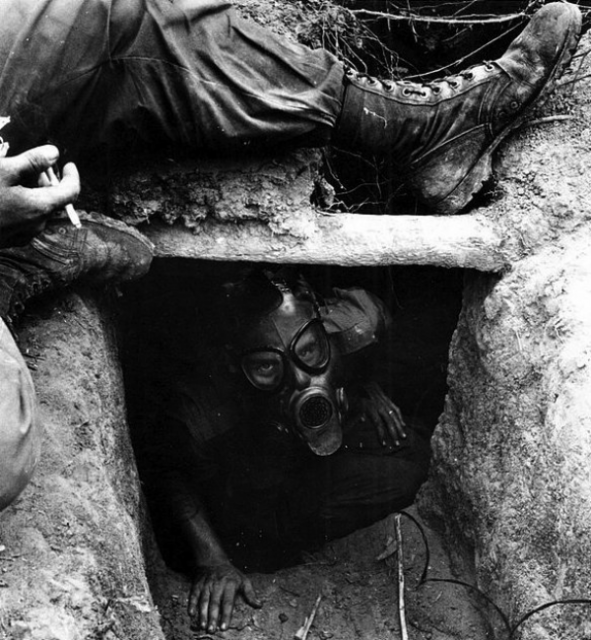
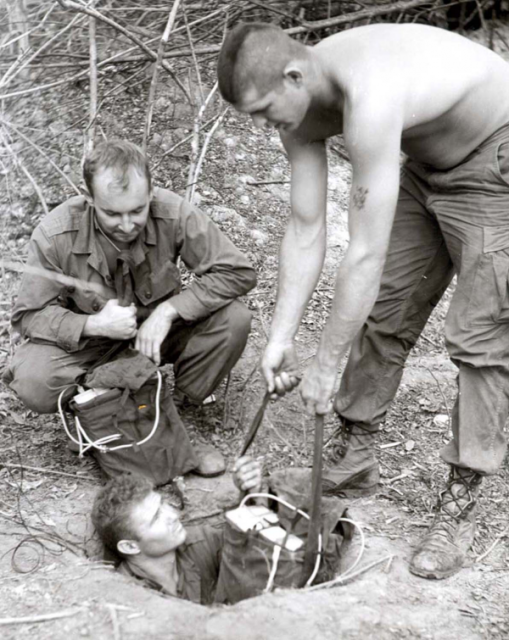
Read another story from us: Booby Traps of the Vietnam War
